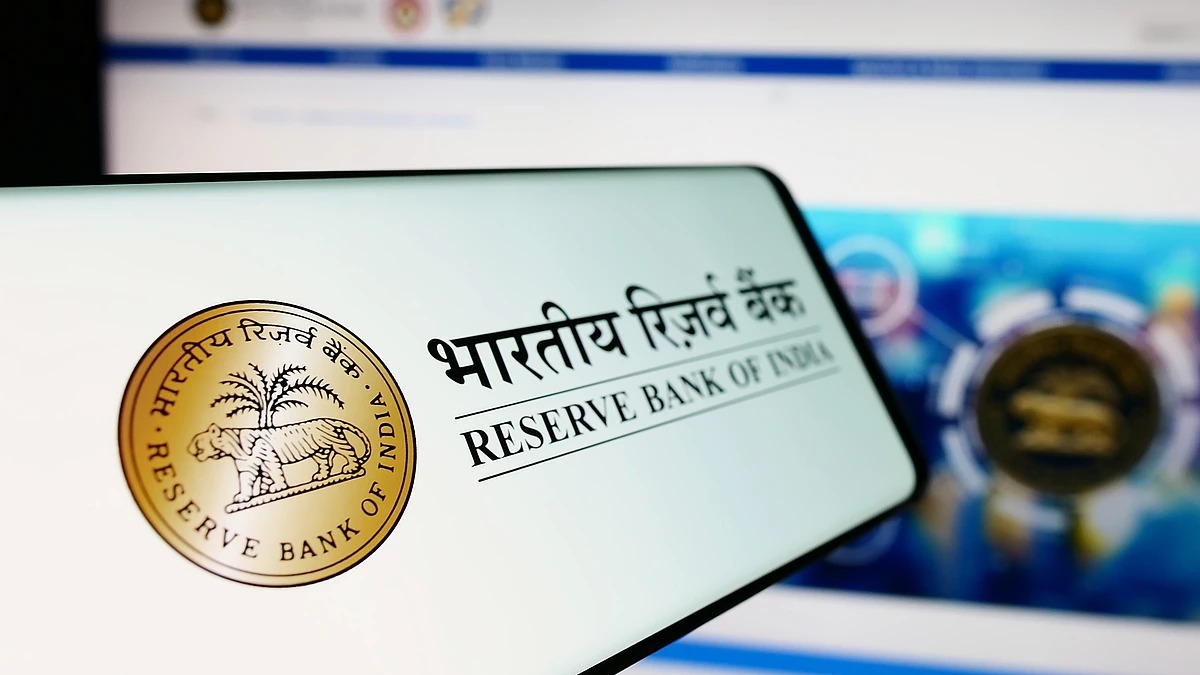The Reserve Bank of India has released a comprehensive draft framework aimed at rationalising the External Commercial Borrowing (ECB) regime under the Foreign Exchange Management (Borrowing and Lending) Regulations, 2018. The proposed changes seek to expand access to overseas credit, simplify compliance, and align borrowing practices with market realities. In parallel, the RBI concluded the latest GS 2035 auction with robust investor participation, underscoring continued demand for sovereign debt amid evolving monetary conditions.
Regulatory Reforms In Focus
The draft ECB framework introduces sweeping changes designed to enhance credit flow and improve the ease of doing business for Indian corporates and financial institutions.
Key proposals include:
- Expansion of eligible borrower and lender categories to widen participation across sectors
- Simplification of end-use restrictions, allowing greater flexibility in deploying borrowed funds
- Reduction in minimum average maturity requirements for select categories of borrowing
- Permission to raise ECBs at market-determined interest rates, replacing prescriptive pricing caps
- Linking borrowing limits to the financial strength of the borrower, enabling differentiated access based on creditworthiness
- Streamlining procedural requirements under the Foreign Exchange Management Act to reduce regulatory friction
The RBI aims to foster a more dynamic and responsive external borrowing ecosystem that supports infrastructure investment, innovation, and global competitiveness. Stakeholders have been invited to submit feedback on the draft rules before finalisation.
Strategic Implications For Borrowers
The proposed framework is expected to benefit a wide range of entities including:
- Mid-sized corporates seeking cost-effective capital for expansion
- Infrastructure developers requiring long-tenor funding
- Fintech and startup ecosystems accessing global venture debt
- Banks and NBFCs looking to diversify funding sources
By aligning borrowing terms with market benchmarks and borrower profiles, the RBI intends to reduce systemic risk while encouraging responsible leverage.
Bond Market Snapshot: GS 2035 Auction Outcome
In a separate development, the RBI successfully conducted the auction for the new GS 2035 sovereign bond, attracting strong interest from institutional investors.
Auction details include:
- Total bids received: 365, amounting to Rs 1,395.45 billion
- Bids accepted: 136, totaling Rs 319.88 billion
- Partial allotment applied to 114 bids at a rate of 50.26 percent
- The auction was oversubscribed, reflecting healthy demand for medium-tenor government securities
- The cut-off yield was previously set at 6.48 percent, offering a benchmark for future issuances
Investor appetite was driven by expectations of rate stability, fiscal discipline, and the RBI’s calibrated monetary stance. The GS 2035 bond is expected to serve as a key reference point for pricing across the sovereign yield curve.
Market Outlook
The dual developments—ECB reform proposals and a successful bond auction—signal the RBI’s intent to balance credit expansion with financial prudence. Analysts anticipate:
- Increased offshore borrowing activity in FY26, especially in infrastructure and manufacturing
- Continued strength in sovereign bond demand amid global rate uncertainty
- Enhanced investor confidence in India’s regulatory clarity and macroeconomic stability
Sources: Reserve Bank of India Draft ECB Framework, RBI Auction Bulletin, Ministry of Finance Debt Management Office, Economic Times Policy Desk, Business Standard Monetary Tracker, Reuters India Financial Regulation Updates





